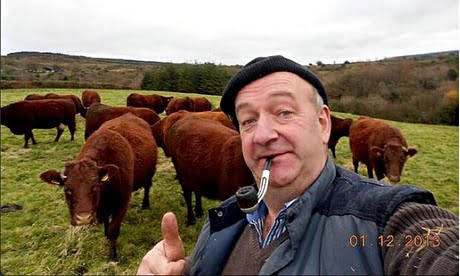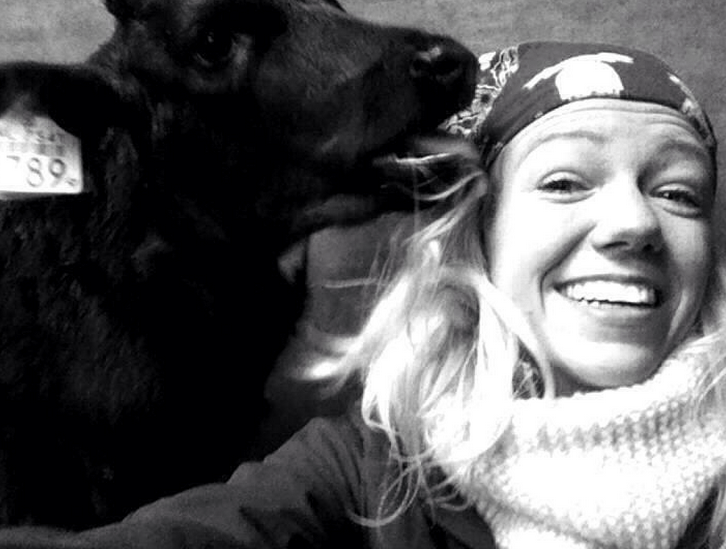So, once you’re on social media, how do you use it as a farmer? Besides posting sweet, sweet selfies of yourself and your animals I mean.
The first thing to know is this, if the only thing you do on social media is try to sell people and flog your wares, people will tune you out fast. The general rule is to make sure you’re sharing 80% content they want to see and 20% can, then, be shameless plugs.
So, what kind of content is relevant?
Anything story telling about your farm is. Any fun updates, pictures, videos etc. of life on the farm sharing the good, bad and ugly will do well.
People are curious about where their food comes from. If you post little videos of you on your farm – examining your crops, milking a cow and educating people about it all as you do. This helps to show people your personality, the personality of the farm and the animals. It helps deepen the relationship. Carry your smart phone with you and take videos throughout your day sharing what you’re up to and your thoughts and upload videos straight to Facebook or Youtube.
You can make your own videos, write and share your own blog posts and updates etc.
You can create your own memes using tools like IMG Flip or Meme Generator (or photoshop if you’re handy with that).
And those are all fine things to do.
But, it’s important to point out that some people think that being on social media means that you need to create all of the content.
No no no.
There are actually Three C’s of Social Media: Create, Curate and Converse.
So, you can also curate, that is share things other people have made.
To get you started, I’ve collected a number of local food memes you can share. And here is a list of all the local food TED Talks you can share too. You could also create or curate recipes people can make based on the food you grow. Could you partner with a well known local chef to make them with or for you? You might just find something perfect online too. Also Shit Farmers Say on Twitter is gold.
Or videos like these.
[vsw id=”aMfSGt6rHos” source=”youtube” width=”425″ height=”344″ autoplay=”no”]
[vsw id=”jvBr-qPAGwI” source=”youtube” width=”425″ height=”344″ autoplay=”no”]
[vsw id=”4mbqHsObQ5s” source=”youtube” width=”425″ height=”344″ autoplay=”no”]
[vsw id=”lUtnas5ScSE” source=”youtube” width=”425″ height=”344″ autoplay=”no”]
The Third C is to Converse. This will often take the form of asking a sincere question and engaging with people on their answers. It could be a question like, “Would you pay a little extra if we grew heirloom tomatoes next year?” or “What’s the best recipe you know of for cauliflower?”
In our next post in this series, we will get into some real world examples so you can see what this might actually look like. I’m using examples from Facebook but the same ideas could be used in pretty much any medium.
Please leave any thoughts, tips, resources or ideas that could help farmers grow their businesses in the comments section below. After a few weeks, I promise to read through them all and weave anything relevant and useful into the blog itself so that they can be of the most use to the most farmers.

